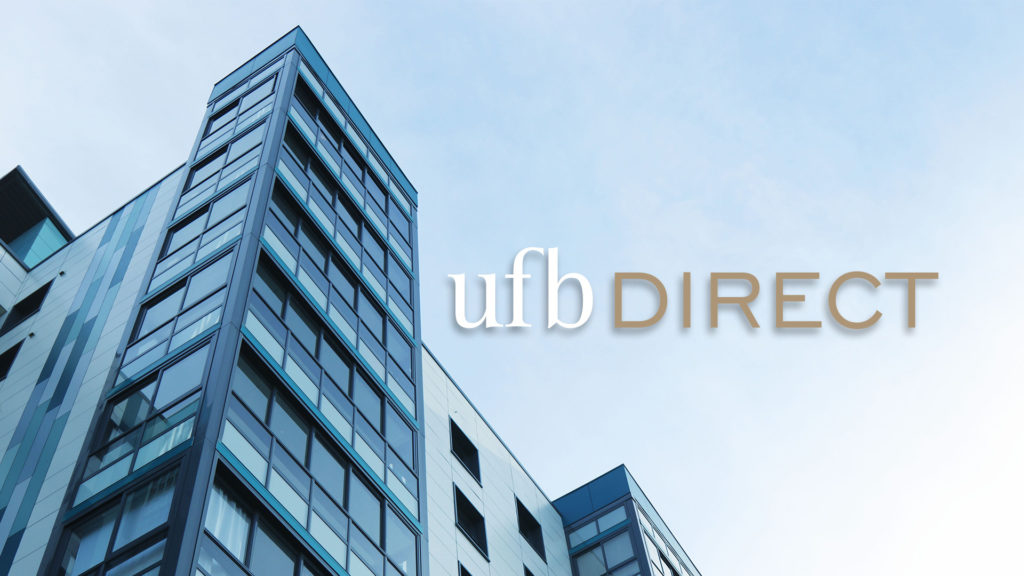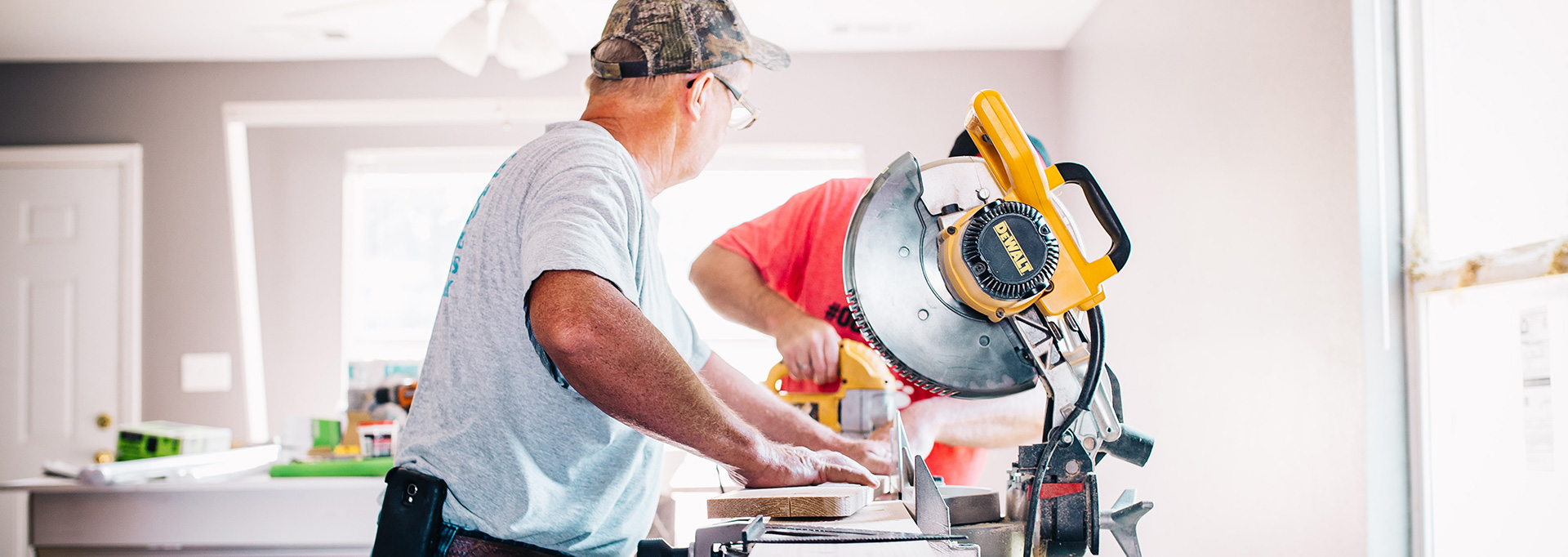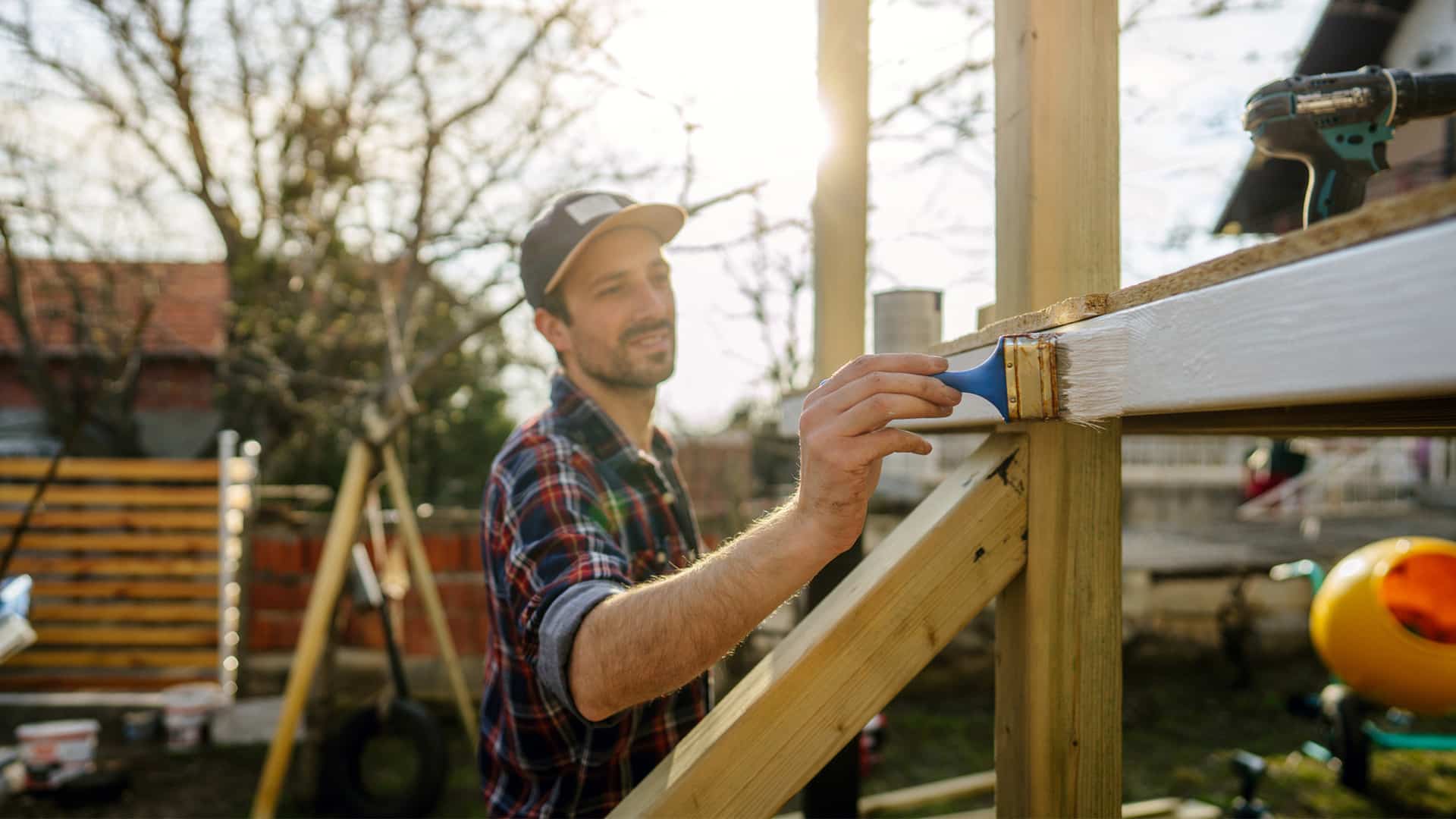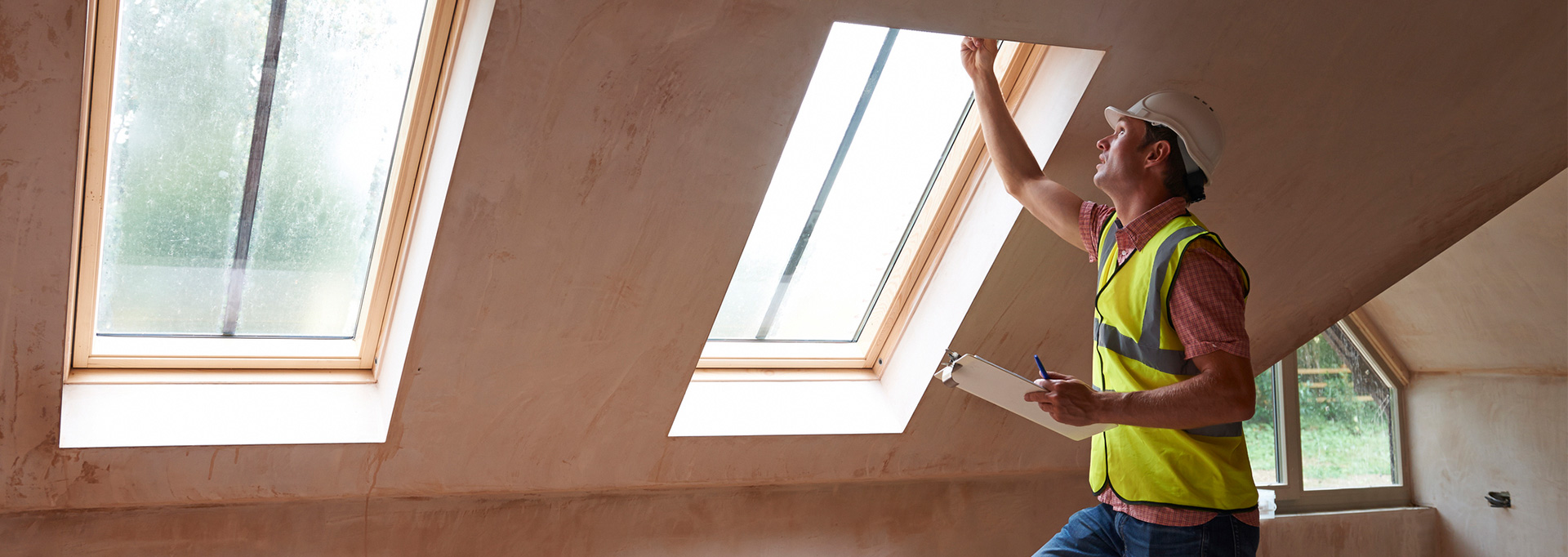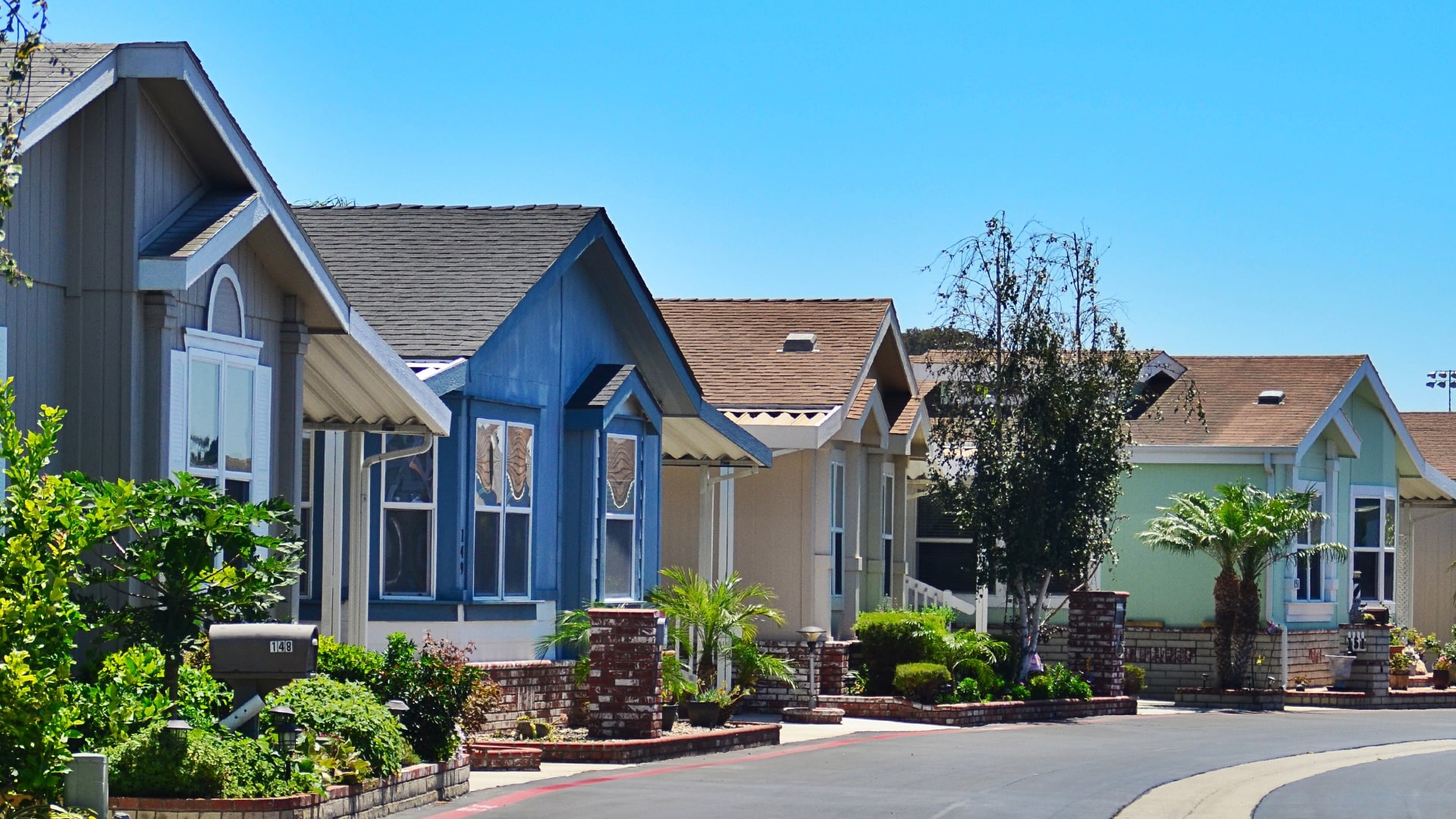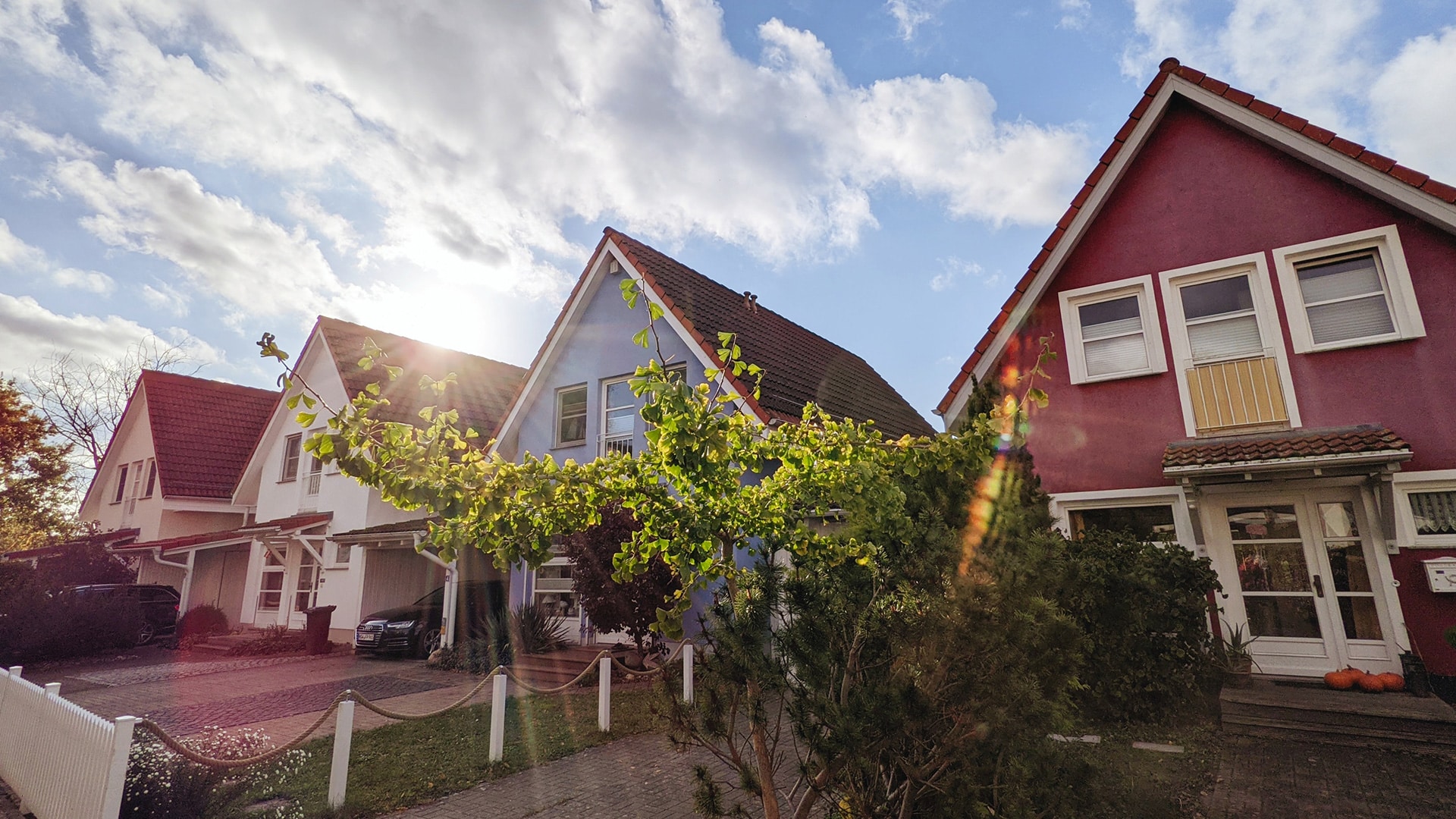Most products on this page are from partners who may compensate us. This may influence which products we write about and where and how they appear on the page. However, opinions expressed here are the author's alone, not those of any bank, credit card issuer, airline or hotel chain.
A home renovation is more than just an opportunity to get rid of mauve carpets and stained wallpaper. It’s also a chance to get your home in great shape should you wish to sell it or rent it out, or enjoy a newly upgraded home for your family.
But at the heart of any home renovation lies the budget, and funding home projects can quickly become costly.
Wading through the various options of loans and financial products out there can be overwhelming for new homeowners. Here's what you need to know to figure out how to fund for your next home upgrade.
Common Reasons for Home Improvements
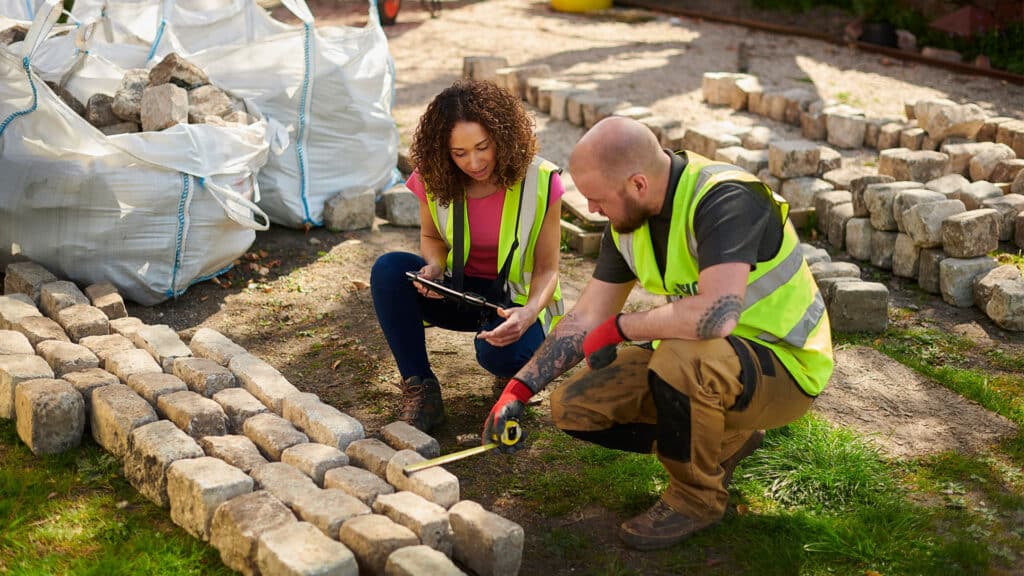
There are a number of reasons to consider a renovation:
- Increase the value of property: One of the most common reasons to renovate a home is to increase the value in order to get a good return on your investment. Some renovations are known for their return on investment (ROI) and can net you a higher sale price when you're in the market to sell.
- Enhance livability: Renovations are also a good way to improve your space and increase enjoyment from your personal environment.
- Family changes: Another reason why people renovate is when family dynamics change. For instance a new baby is on the way, or an elderly parent is moving in. Then there are empty nesters that decide to change up children's rooms into hobby dens or rooms for rent. The pandemic has also shown how handy a home office can be.
- Going green: Making environmentally-friendly conversions can be a motivation for some homeowners, especially those who want to rely more on renewable energy sources and save on their utilities.
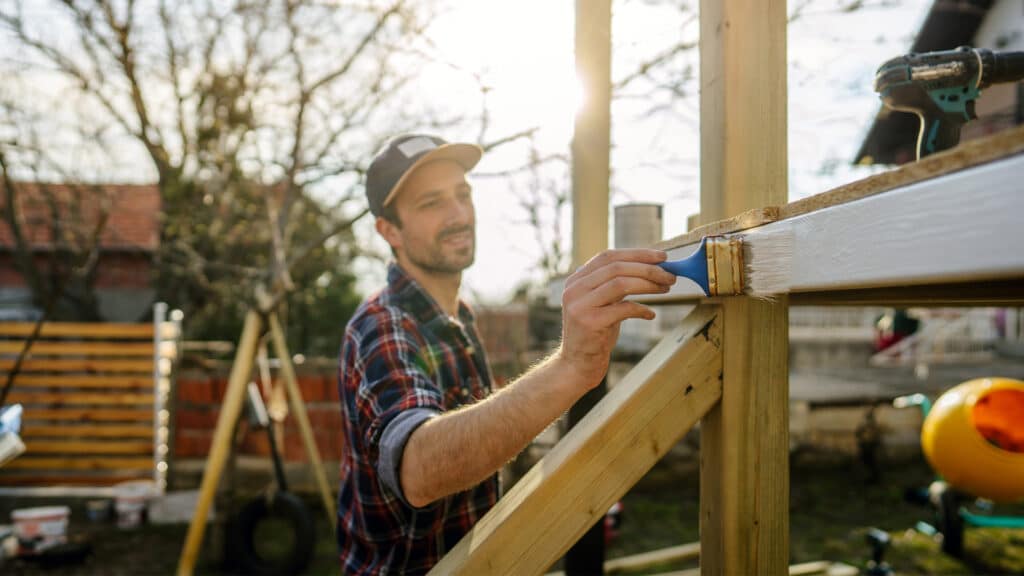
Best Home Improvement Loans in 2024
What is the average cost of home renovation projects?

The cost of a home renovation project is determined by many factors. Some of the basic factors affecting the price of a home renovation project include:
- Location: Your location matters as it will determine the accessibility to materials and local labor costs. For instance, installing hardwood floors in Texas might have a different price tag than an installation in New York.
- Types of materials: The quality of materials you choose will vary widely on price, as well as whether you want parts customized. Certain materials are known for their hefty price tags, for instance, marble from Italy versus a simple MDF countertop.
- Labor: Labor costs will vary depending on how complex the project is. It’s important to also factor in delays and the possibility of getting specialized help for tricky renovations.
- Structural issues: Renovations sometimes unearth some critical structural issues that can range from wood borer to rusty plumbing. Some renovations may also require additional builds such as adding support walls.
Here are some examples of the average cost for certain home improvement projects:
Roofing
Roofing is a big-ticket item and the average price sits around the $8,000 mark. Factors that could influence the cost of roofing include the type of roofing material, such as shingles or slate, the size of the roof and whether there are dormers, skylights or other tricky aspects to consider.
Flooring
Flooring can be both labor-intensive and costly on the material side. The average cost to install flooring in a 500-square-foot area is $3,000. In general, carpet and laminate hardwood tend to be the cheaper options, while tile and premium hardwood land on the pricier end of the cost spectrum.
Bathroom
While there are simple renovation projects that can improve the look of your bathroom for under $1,000, extensive bathroom renovations can quickly add up, especially when plumbing and new fixtures are involved. A remodel cost for a 3x5 (15 square feet) can start from $1,800 and go up to $4,100 on average. For larger bathrooms of 156 square feet, that price can range from $19,000 to $42,800.
On average, you're looking at around $5,500 for a low-end renovation on a small bathroom and $15,138 for the high end.
Kitchen
The heart of the home deserves some TLC and with good reason. Kitchens are known to return 100% and more of the cost of the renovation. In 2004, a Baltimore kitchen remodel netted the owners a 182% return when they sold their property. That's good news considering the average cost of a major kitchen remodel comes in at around $12,000 on the lower end, while high-end kitchen remodels can cost as much as $126,000 if you're looking for to add all the bells and whistles on top of premium materials.
Landscaping
Landscaping might seem like a strange addition to the list, but it can add lots of value in terms of curb appeal. On average, depending on the size of the garden and what needs to be done, a landscaping project can range between $3,000 to $16,000 for most homeowners.
Room Additions or ADUs
Whether you're looking to generate an income with an extra room you'd like to rent our or simply want more space, an addition can set you back anywhere from $46,000 to $73,000. Factors that may increase this figure include the size of addition, whether it's a single room and what the addition will be used for. Bathrooms, for instance, can be pricier additions than bedrooms or living rooms.
If you're looking at an accessory dwelling unit (ADU) or better known as a granny flat or garden apartment, the averages range from $30,000 to $300,000.
Whole House Renovation
Whether you've stumbled across a fixer-upper or you're simply trying to get your house out of the seventies, a whole-house renovation might be on the cards. A complete home renovation can cost anywhere from $15,000 to $200,000. For high-end projects, this figure can go even higher.
Using Savings vs. Financing a Home Improvement Project
Taking on a home improvement project can go from a small $1,000 update to thousands of dollars in a short space of time. Some homeowners may have enough savings to cover small remodeling costs, but is it always wise to dip into your savings for home renovations? Here are some things to consider.
When to Use Savings
Using savings to fund renovation projects can be a way to save on interest costs. But homeowners may risk depleting their cash reserves on larger remodeling projects with unclear timelines. Ideally, savings should be used on smaller projects and only if homeowners have a comfortable amount of reserve funds available.
When to Finance
Financing may be the preferred option for homeowners who are facing larger renovation projects and don't have the cash reserves to pay for it.
Financing may also work out well if it's used to bridge an incoming payment, such as an inheritance and you just want to get the projects started as soon as possible.
When interest rates are low, financing becomes a more attractive option so that homeowners do not have to dip into their cash reserves.
Be sure to factor in any closing costs of a loan so you have a complete picture of the total costs. Most home improvement loans do include minimal closing costs, but there may be some no-closing cost options available.
8 Options to Pay for Home Upgrades & Renovations

There are a number of ways to pay for your renovations and choosing the right option will depend on your personal financial situation.
1. Cash Savings
It's a no-brainer that paying cash for your renovations is a cheaper and simpler option. Just make sure that the renovation doesn't deplete your reserves and that your emergency funds are still sufficient for other unexpected life emergencies. Using savings may also delay the completion of projects, especially if you hit a speed bump in the process that requires more money.
2. Home Equity Line of Credit (HELOC)
A HELOC allows homeowners to tap into the equity in their home as a line of credit for expenses that include renovation. Instead of a lump sum that's paid into your checking account, you can draw the amount you need when you need it.
Some benefits of HELOC:
- When used for approved home renovations, the interest may be tax-deductible.
- HELOCs also offer fairly lower interest rates compared to other loan products. Loan amounts here are tied to the equity of the property
Some drawbacks include:
- You're required to have at least 15% to 20% home equity before a lender will consider an application.
- You may have to pay a lump sum to settle the loan when the draw period ends. That means if you have a draw period of ten years and you haven't made monthly payments to bring down that draw amount, you might be in a pickle at the end of the period. If you're unable to settle this amount, you may lose your house as it serves as collateral for the loan.
When deciding whether to use a HELOC, make sure that you are able to afford the payments and that the remodel will contribute to the value of your property.
3. Personal Loans
Home improvement personal loans can also be an option for remodels and renovations. Personal loans are unsecured and you pay the loan off in monthly payment installments. These loans are relatively easy to apply for, but can carry high interest rates, especially for those with less-than-ideal credit.
Individuals with great credit may be able to negotiate more favorable interest rates. The maximum loan available is typically around $100,000.
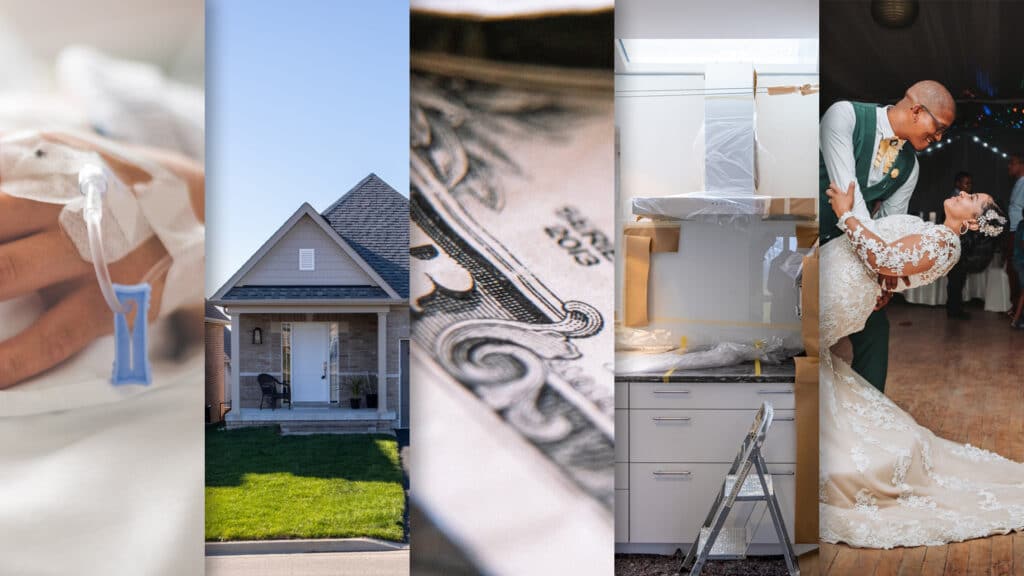
The Best Personal Loans of July 2024
4. Home Equity Loans
If you want to use the equity in your property to apply for a loan but you want a more structured approach to repayments, a home equity loan might be better suited than a HELOC.
Unlike a HELOC, home equity loans provide borrowers with a lump sum at fixed interest rates. Having a fixed interest rate makes repayment more predictable. A home equity loan is open to those who have sufficient equity and a good credit score. However, it can be problematic if you fall behind on payments, as the home is used as collateral.
5. Credit Cards
A credit card provides simple and quick access to finance, which can be effective for small renovation projects. It can be ideal in a situation where you simply need to bridge the finance with your next payday or if you want to take advantage of interest-free offers. Small renovation projects can also be a way to meet card minimum spending for bonus offers.
When using a credit card, it's important to settle the full balance before the interest rates kick in, as credit cards are notorious for high interest rates. Credit card limits can also be fairly low compared to other finance types, so this might only be suitable for smaller projects. A store card from a home improvement store might even yield discounts if you are buying materials or doing the work yourself.
6. Cash-Out Refinance
A cash-out refinance is handy when you want to tick off two boxes at the same time: refinance and access to cash. This is when you refinance your property to take advantage of better terms, but you'd also like access to the equity that's built up. With a cash-out refinance, the bank issues a new loan in excess of what is needed to cover the remaining debt on the house, with the extra funds paid to the borrower as cash.
An instance when a cash-out refinance can be beneficial is when you're looking to take advantage of lower interest rates or you wish to restructure the loan term. If you'd like to tap into to equity of the property for home repairs, this amount is simply paid out as a lump sum.
7. Adding Costs to a Conventional Mortgage
For those who are purchasing a fixer-upper home, adding the cost of renovation onto the loan may be an option, as there are some mortgages that allow this such as government-backed home loans. You would apply for the purchase amount of the property, and then add on the funds that you anticipate would be needed for renovations. The additional amount is held in escrow and paid out in draws as and when you need it.
8. Government Loans
A popular government renovation loan is the HUD I Property Improvement Loan which is suitable for those who need to make small upgrades and have little to no equity. The loan amount is capped at $25,000, and can only be used towards approved upgrades.
Another option for low-income households that want to repair or make improvements to their properties, is the Section 504 Home Repair Program.
There may also be no-interest loan options available by a county or state that are targeted for low-income homeowners who need to repair their homes. Do some research to find options for your particular area.
 Related Article
Related Article
How to Prequalify for a Personal Loan, and Why It Can Be a Good Idea
FAQs
-
Before taking on a renovation project, it’s important to consider the costs and time it will take to complete the project. Old houses may have good bones and potential, but they may also have problems such decay and outdated plumbing and electrical work. Consider all the factors and the potential ROI of the property.
-
Yes, it is possible to add renovation costs to a regular mortgage as long as the borrower qualifies for the entire loan amount. Check with your bank to see if you qualify to finance renovations through your mortgage.
-
Cash payments can make sense for those who don’t want to take out a loan and pay interest. If the renovation project is small enough that it won’t deplete one’s emergency savings or cash reserves, paying in cash can be a reasonable option.
-
Kitchen and bathroom renovations are known for their massive return on investment. These include minor updates such as paint, to major ones such as complete refitting plus the replacement of appliances. Outdoor upgrades add to curb appeal which is a major component of resale value. Some simple landscaping can also make a substantial difference.



